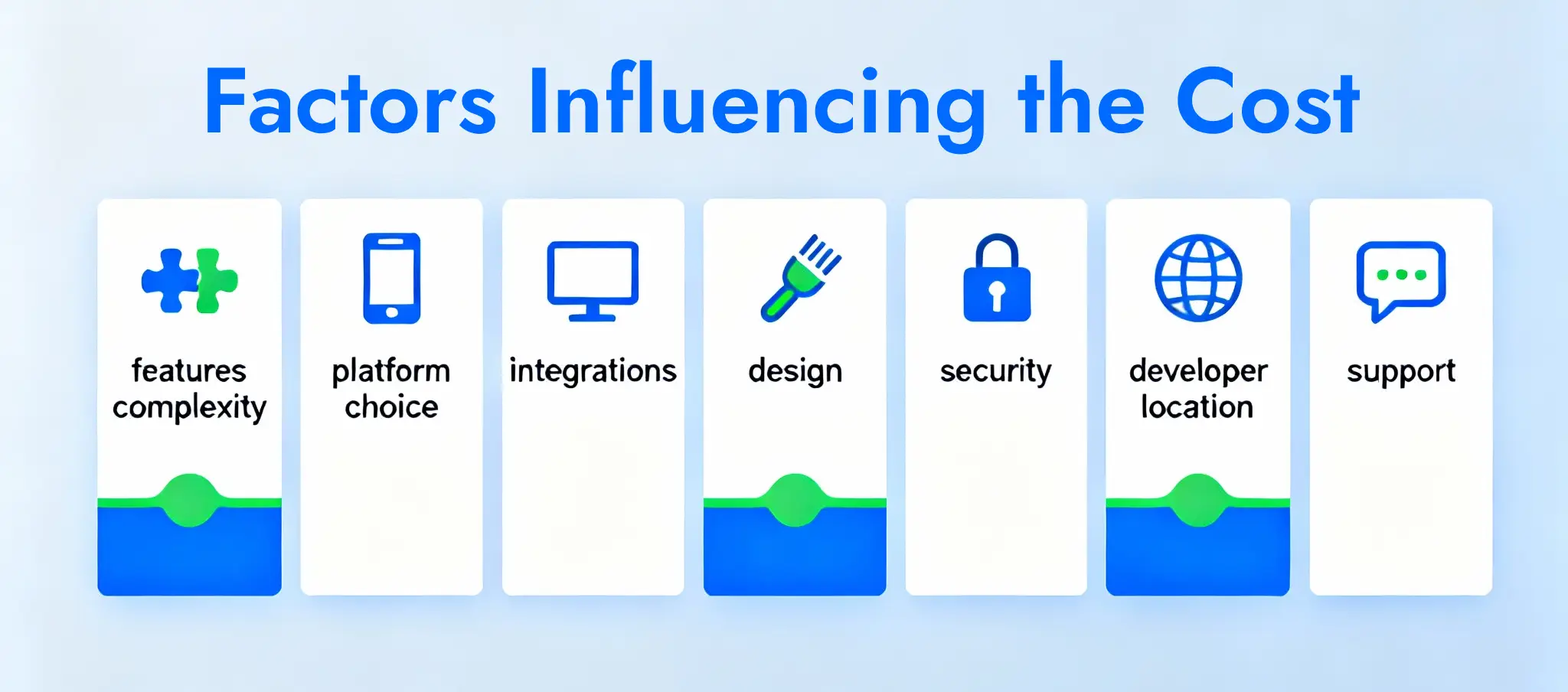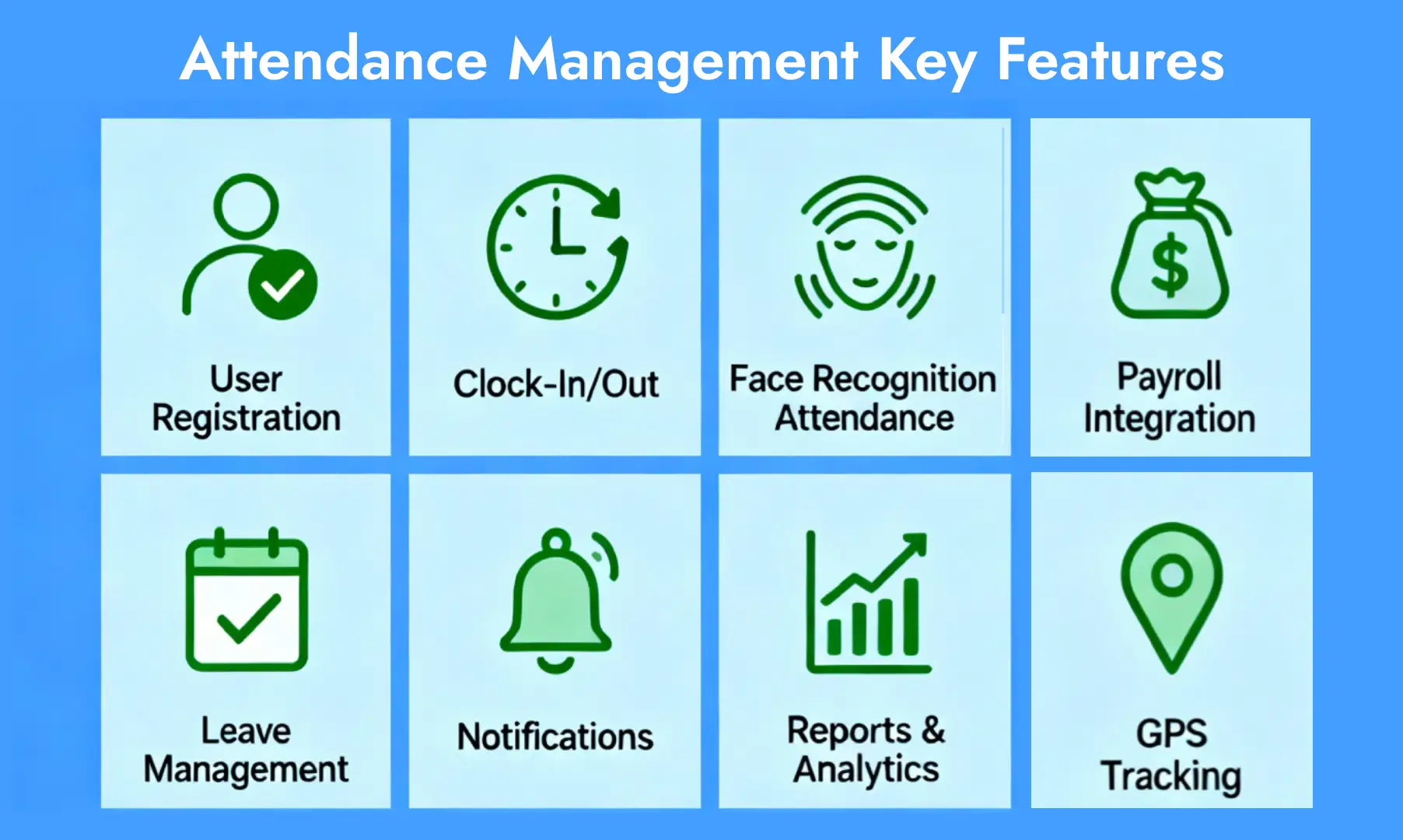
The modern workforce landscape is rapidly digitalizing. As businesses strive for efficiency and accuracy, manual attendance registers are becoming obsolete, replaced by intelligent Employee Attendance Management Apps. These apps streamline workforce management, reduce administrative overhead, and remove the risk of errors that can impact both operations and compliance. Thanks to advances like the Face Recognition Attendance System, organizations can now offer fast, secure, and touchless attendance tracking using the power of smartphones and cloud connectivity for both remote and onsite employees.
But as with any technology investment, the inevitable question arises: How much does it really cost to develop a robust attendance management app? The answer isn’t straightforward—costs depend on multiple parameters, from must-have features and biometric integrations to the chosen tech stack and ongoing support. In this blog, we’ll break down every aspect—costs, factors, core features, and ROI-boosting benefits. Whether you’re an HR professional, IT manager, or business owner planning to launch a new attendance management solution, this in-depth guide will help you make informed decisions and design a digital system that fits your unique business needs.
The cost to develop an Employee Attendance Management App can vary greatly, with factors like the complexity of features, scale, and customization playing vital roles. Here are industry average cost benchmarks for 2025:
Globally, development costs are also influenced by geography:
For companies in India, developing a basic tracking or attendance management app might start as low as ₹80,000–₹2,00,000, while a fully featured attendance and payroll platform may reach ₹4–10 lakh depending on scale and complexity.
Don’t forget to budget for annual maintenance (typically 15–25% of initial cost), cloud hosting, and support services after launch.
Accurately pricing an Employee Attendance Management App requires understanding the elements that drive overall cost. Here are the major influencing factors:

The best Employee Attendance Management Apps blend simplicity with robust functionality. Below are essential and advanced features that should be considered for a high-performance system:

Investing in Mobile App Development for a modern attendance solution offers a broad spectrum of business benefits:
Manual entry errors, buddy punching, and time theft are virtually eliminated when biometric authentication (like a Face Recognition Attendance System) and automation are used, ensuring accurate logs and payroll compliance.
Automated attendance management frees HR from routine paperwork, enabling more time for strategic planning and engagement activities. Real-time analytics also help proactively spot attendance issues, absenteeism, or productivity bottlenecks, supporting quicker, data-driven decisions.
Modern Employee Attendance Management Apps create instant records with real-time dashboards and alerts for managers. Remote teams and field employees can mark attendance from anywhere, and managers can monitor shifts and productivity at a glance, no matter their location.
Mobile App Development for attendance tracking reduces time spent on manual calculations and administrative tasks, saving thousands of dollars yearly. Accurate tracking leads to less payroll leakage and fewer compliance penalties.
Going digital means a completely paperless attendance and leave management process, cutting physical storage costs and contributing to sustainability efforts.
Self-service features, transparency, fast leave approvals, and flexible check-in enhance staff morale. Employees appreciate the flexibility of marking attendance through their mobile devices and receiving instant feedback.
Attendance Management Apps are highly customizable, supporting diverse work models—on-site, remote, hybrid, field teams, or shifts. Easily scalable cloud-based platforms can grow with business demands without major reinvestment.
Mobile apps secure attendance data with encryption, biometric authentication (Face Recognition Attendance System), and strong privacy policies, ensuring compliance and protecting sensitive information.

Developing an Employee Attendance Management App is an investment that pays back rapidly in operational improvements, productivity gains, and compliance assurances. While the cost varies by features, complexity, platforms, and integrations, most businesses can expect a project range from $10,000 to $80,000 depending on their needs and scope.
Integrating a Face Recognition Attendance System into your solution, leveraging Mobile App Development best practices, and ensuring robust analytics and compliance will future-proof your HR operations. Automated attendance tracking not only streamlines workflows—it also fosters an efficient, empowered, and transparent workplace culture.
Whether you’re a start-up with a small workforce or a large enterprise with complex compliance needs, the right Employee Attendance Management App will boost efficiency and contribute directly to your bottom line. Connect with trusted technology partners specializing in mobile app development and AI-driven biometric solutions to find the platform that best aligns with your business vision.
Copyright ©2025 Secuodsoft. All rights reserved.